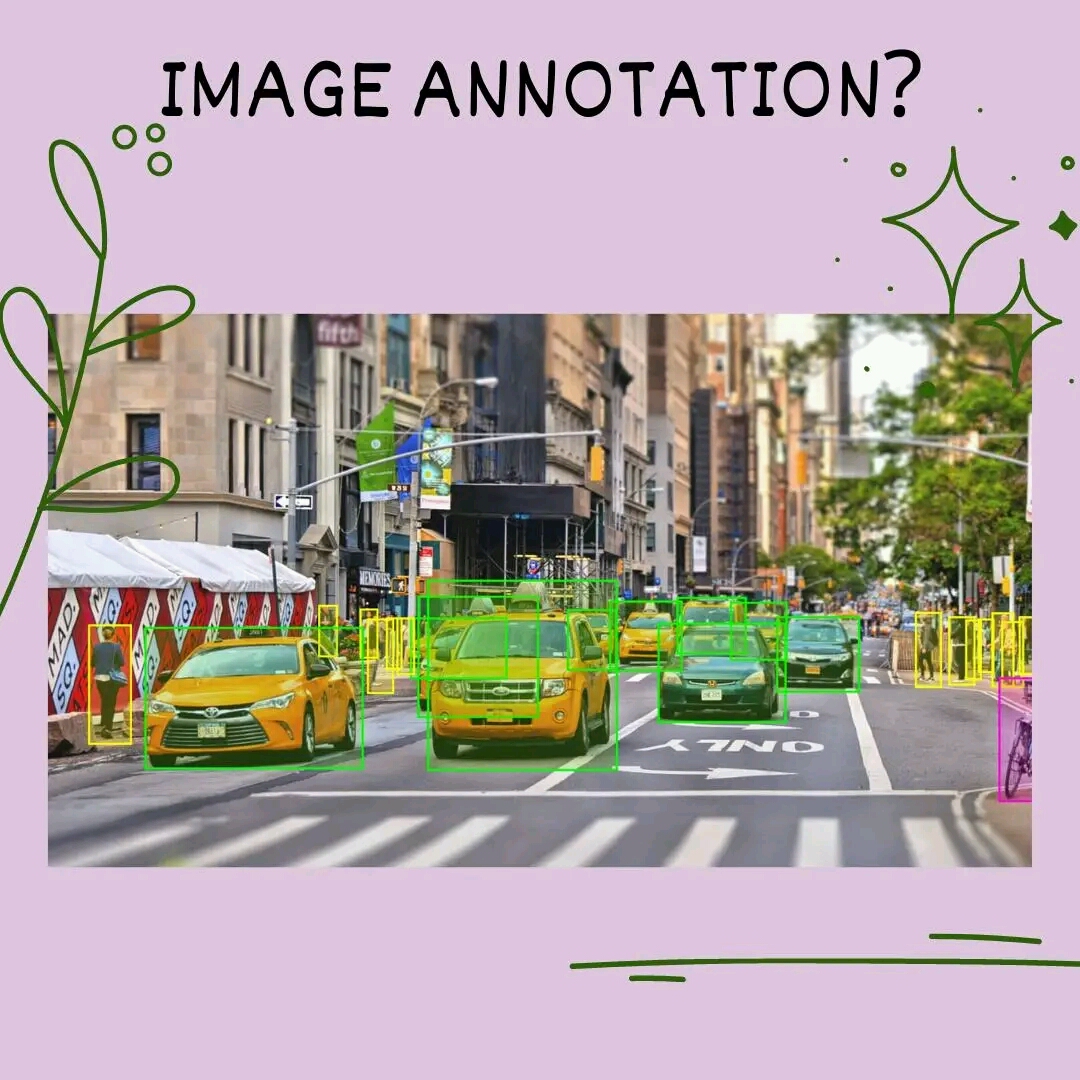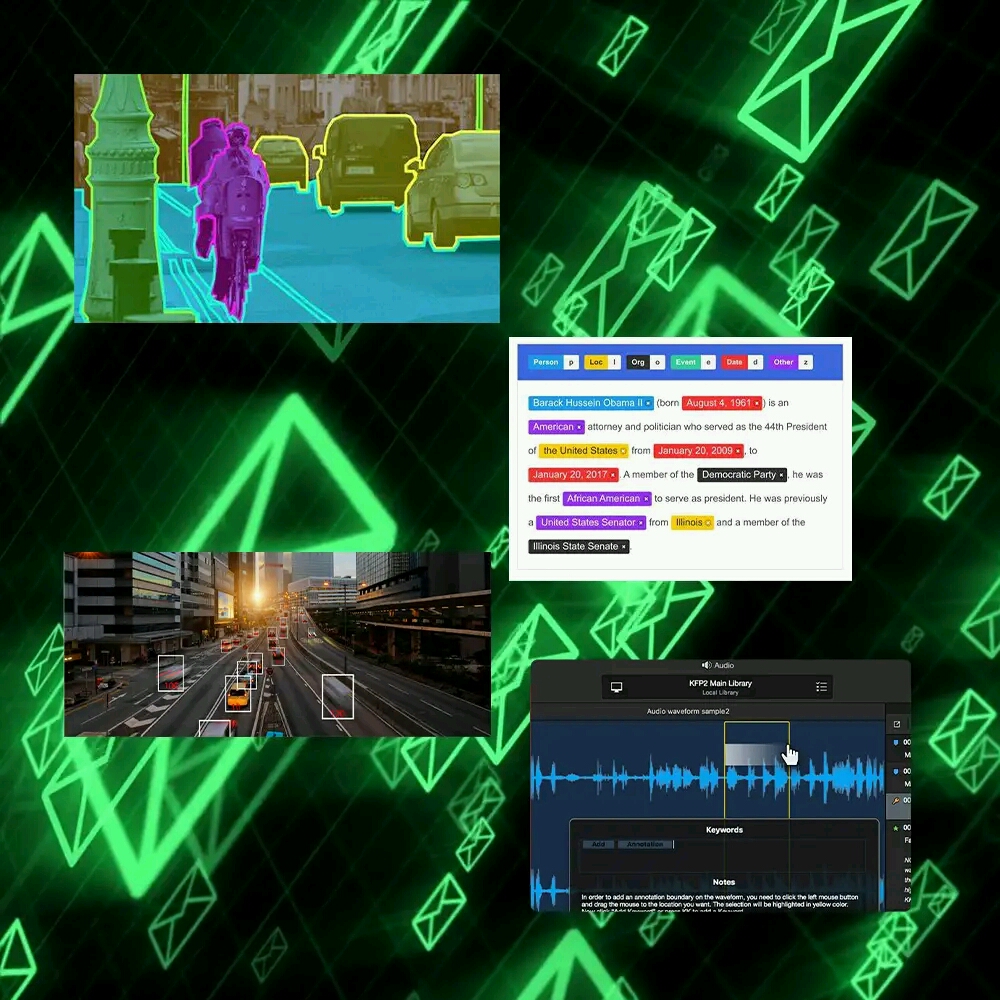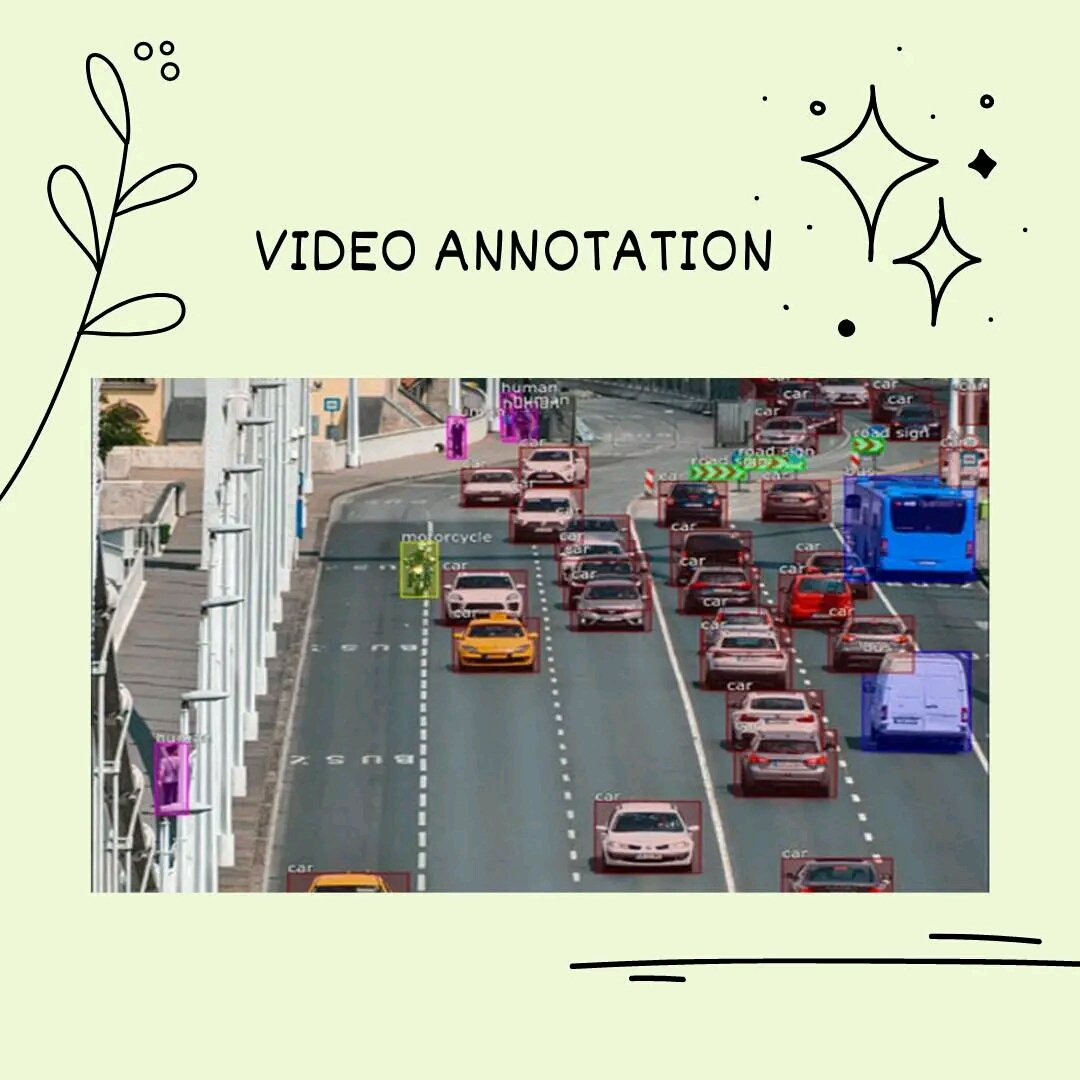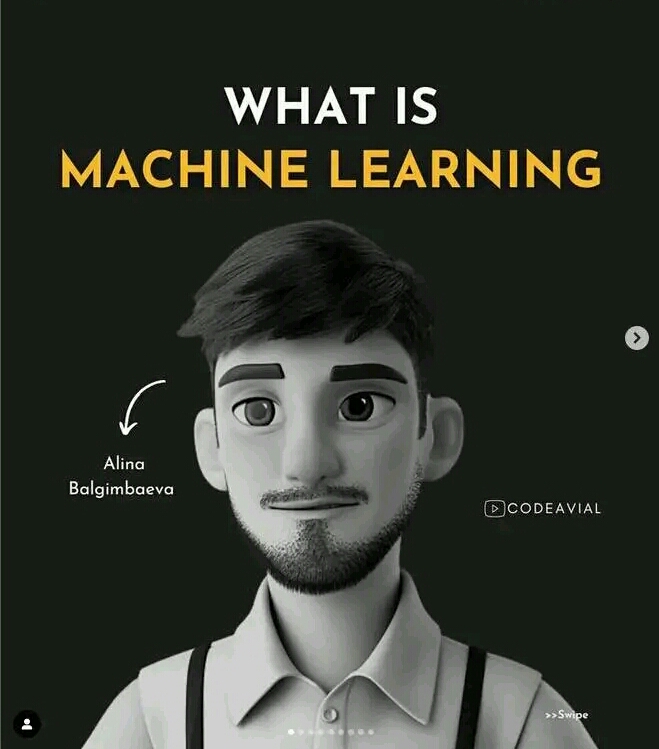Image Annotation In Machine Learning

Image Annotation In Machine Learning
Before we discuss the image annotation in machine learning, let’s find out the meaning of image annotation and also machine learning.
What is Data Annotation?
Building an AI or ML model that acts like a human requires large volumes of training data. For a model to make decisions and take action, it must be trained to understand specific information.
Data annotation is the categorization and labeling of data for AI applications. Training data must be properly categorized and annotated for a specific use case. With high-quality, human-powered data annotation, companies can build and improve AI implementations.

The result is an enhanced customer experience solution such as product recommendations, relevant search engine results, computer vision, speech recognition, chatbots, and more.
There are several primary types of data: text, audio, image, and video
Text Annotation
The most commonly used data type is text – according to the 2020 State of AI and Machine Learning report, 70% of companies rely on text. Text annotations include a wide range of annotations like sentiment, intent, and query.
Audio Annotation
Audio annotation is the transcription and time-stamping of speech data, including the transcription of specific pronunciation and intonation, along with the identification of language, dialect, and speaker demographics. Every use case is different, and some require a very specific approach: for example, the tagging of aggressive speech indicators and non-speech sounds like glass breaking for use in security and emergency hotline technology applications.

Image Annotation
Image annotation is vital for a wide range of applications, including computer vision, robotic vision, facial recognition, and solutions that rely on machine learning to interpret images. To train these solutions, metadata must be assigned to the images in the form of identifiers, captions, or keywords. From computer vision systems used by self-driving vehicles and machines that pick and sort produce, to healthcare applications that auto-identify medical conditions, there are many use cases that require high volumes of annotated images. Image annotation increases precision and accuracy by effectively training these systems.

Video Annotation
Video annotation is the process of labeling or tagging video clips which are used for training computer vision models to detect or identify objects. Unlike image annotation, video annotation involves annotating objects on a frame-by-frame basis to make them recognizable for machine learning models.
High-quality video annotation generates ground truth datasets for optimal machine learning functionality. There are numerous deep learning applications for video annotation across industries including self-driving cars, medical AI, and geospatial technology.
Having a Virtual Assistant will really make your busy and hectic life easier!
Human-annotated data is the key to successful machine learning. Humans are simply better than computers at managing subjectivity, understanding intent, and coping with ambiguity. For example, when determining whether a search engine result is relevant, input from many people is needed for consensus. When training a computer vision or pattern recognition solution, humans are needed to identify and annotate specific data, such as outlining all the pixels containing trees or traffic signs in an image. Using this structured data, machines can learn to recognize these relationships in testing and production.

What Is Machine Learning?
Machine learning (ML) is the process of using mathematical models of data to help a computer learn without direct instruction. It’s considered a subset of artificial intelligence (AI).
Machine learning uses algorithms to identify patterns within data, and those patterns are then used to create a data model that can make predictions.
With increased data and experience, the results of machine learning are more accurate—much like how humans improve with more practice.
SEE ALSO : MACHINE LEARNING SOFTWARE FOR BUSINESSES
Image Annotation In Machine Learning
What is Image Annotation?
Image annotation refers to processes that include labeling images that typically start with human inputs and an image annotation tool platform.
The tool facilitates adding information to the digital image, which is then processed by machine-learning algorithms that function on deep learning.
This process creates metadata, telling the machine which objects are there.
Labeling can also include supplying information about how things in the image are related.
Image annotation is the most important task for preparing a machine-learning model for computer vision.
Simply put, it allows the machines to see and process images.
How Does It Work?
Deep learning often runs on artificial neural networks or ANN. This model works similarly to the nerves in the human brain, enabling machines to adjust and adapt their outputs like humans. Its subsector CNN (Convolution Neural Networks) is often used in solving computer vision-related problems.
With high-quality data and the right platform to train it, the model can identify and classify features and objects, then generate descriptions based on how it was taught.
Such is the importance of artificial neural networks (ANNs) in building the foundation for machine learning models and other artificial intelligence platforms.
Different Types of Image Annotations
Machine learning engineers and team members use different annotation types for specific projects.
Below are the most common methods for labeling digital images:
1. Bounding box annotations
2. Polygon annotation
3. Image classification
4. Polylines annotation
5. Semantic segmentation
Image Annotation Industry Applications
Computer vision is used in several industrial applications worldwide. The market is divided into hardware, software, and services. Of these subsectors, hardware is projected to get the lion’s share of the revenues of these subsectors. As manufacturers create more advanced products.
Why Annotation?
Machine learning models try to find patterns in data trends and use these to make decisions.
In image recognition, for example, a model can learn to identify objects such as cars and traffic lights, data that can then be used to support the development of autonomous cars.
To achieve the large dataset needed to train these models, usually, humans annotate a large amount of data which is in turn fed into these models.
SEE ALSO : TOP 10 BUSINESS BENEFITS OF MACHINE LEARNING
ML is important as it gives an insight on trends and patterns, that is why most businesses have it as a major part of their operations.
Comments are closed.